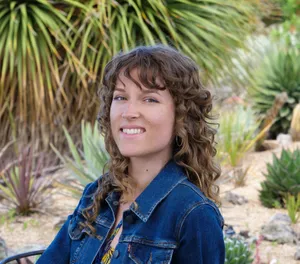NATIONAL MUSEUM OF NATURAL HISTORY
Four Natural History Programs Streaming for Free This Month
Join scientists, artists and educators from the Smithsonian’s National Museum of Natural History for virtual natural history crash courses throughout September.
:focal(550x366:551x367)/https://tf-cmsv2-smithsonianmag-media.s3.amazonaws.com/blogging/featured/Two_rottweiler_puppies_put_their_heads_through_a_wooden_fence.jpg)
Are open pit mines and clear-cut forests still landscapes? Does the health of our pets impact our families? How did paleoanthropologists conduct fieldwork during the pandemic shutdown? Explore these big questions and more with scientists, artists and educators from the Smithsonian’s National Museum of Natural History during the month of September.
PolliNation DC
Ongoing through Oct. 31
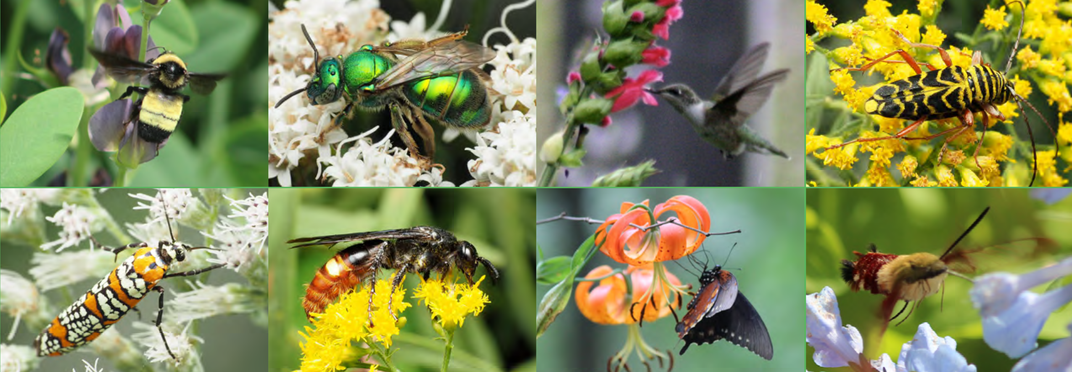
Help pollinators by joining PolliNation DC, a community science project led by ecologists at the Museum and the University of the District of Columbia’s Center for Sustainable Development and Resilience, to document the animals that are pollinating edible plants in community gardens throughout Washington, D.C. and on the National Mall.
It’s easy to participate. Join the project on iNaturalist, snap photos of insects and the flowers they land on and upload them for identification. Your participation will not only help scientists record the diversity of insects that pollinate gardens in the nation’s capital, but will also aid local gardeners who are growing plants for food.
Why the Health of Our Pets is Important to the Family
Sept. 26, 2 p.m. ET
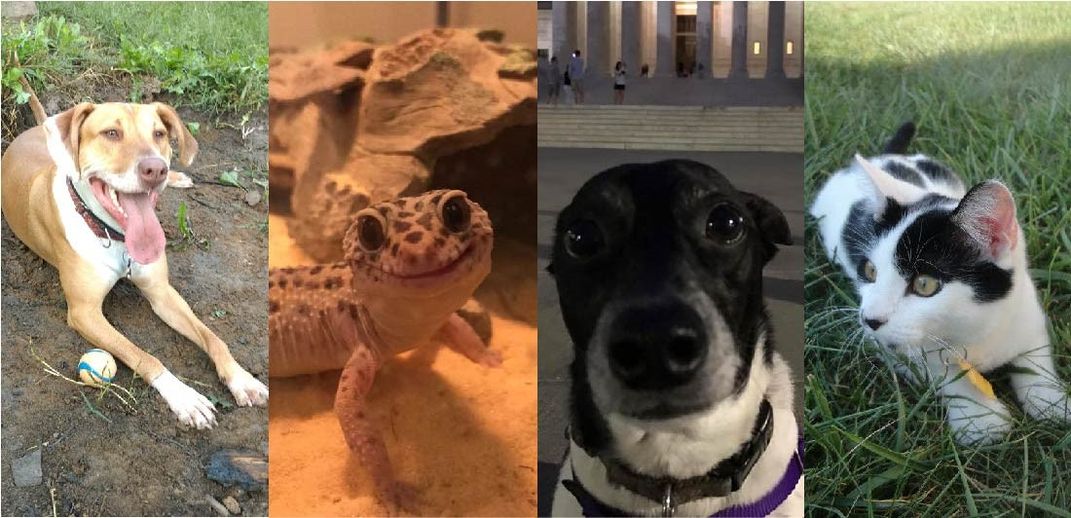
This program explores how the health of humans, animals and the environment are deeply intertwined. What better place to start than with our favorite animals: our pets!
Tune in with Dr. Ernesto Dominguez, Exotics Veterinarian at Wellesley Animal Hospital, to explore why the health of our pets is so important for the health and wellbeing of our families and communities.
Presented in both Spanish and English, this family program is part of the Natural History at Home series, where museum educators walk families through science skill-building activities and ways to explore the natural world and collections.
Capturing the Age of Humans with Aerial Photographer David Maisel
Sept. 29, 5 p.m. ET
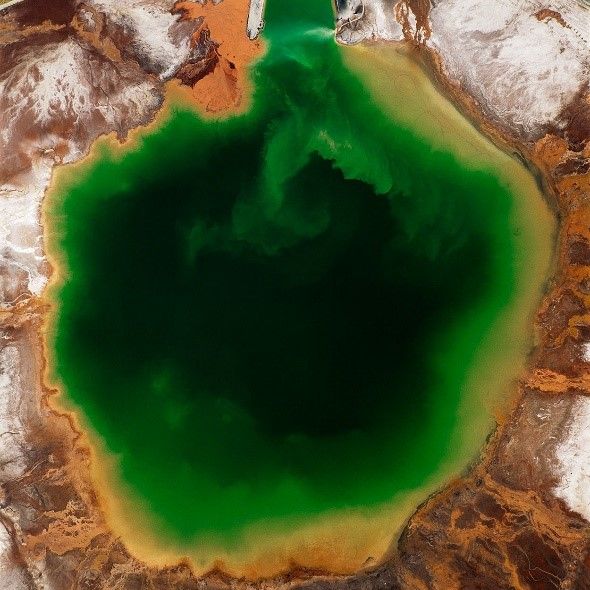
When we think of landscapes, we don’t usually imagine open pit mines, clear-cut forests and water reclamation ponds. But according to American photographer and visual artist David Maisel and co-curator of the “Unsettled Nature” exhibition, Joanna Marsh, our notion of what constitutes a landscape needs expanding.
Maisel has spent decades creating aerial images of environmentally damaged sites, highlighting industrial scars throughout the United States and, most recently, in Chile’s ecologically sensitive Atacama Desert. Join him and Marsh for an artist’s perspective on the politics and aesthetics of radically human-altered environments.
This adult program is part of a six-part series in which contemporary artists challenge viewers to think about the changes we make to our planet. Tune in to their conversations about the power of art to illuminate our relationship with the natural world.
Human Origins Fieldwork During the Pandemic Shutdown
Sept. 30, 11:30 a.m. ET
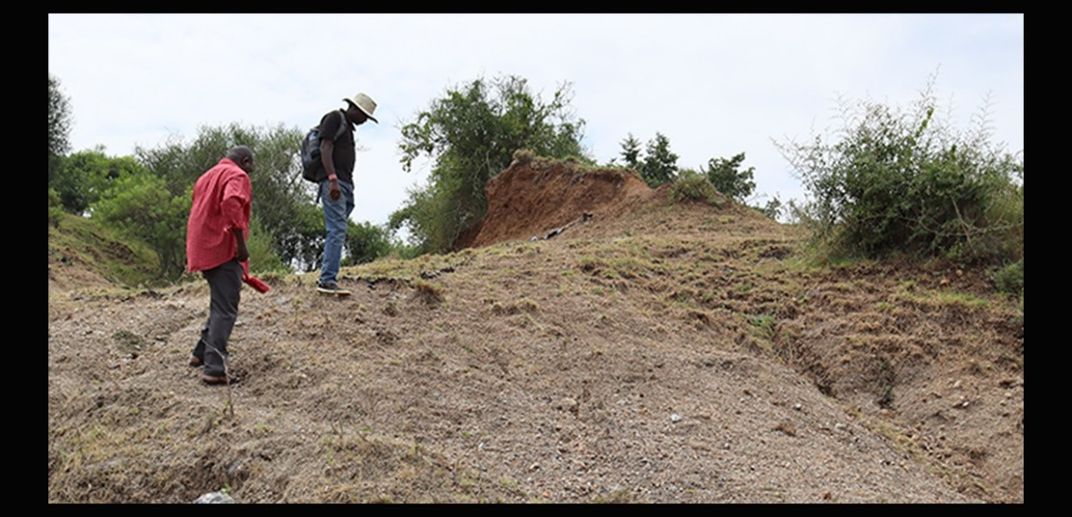
When the world shut down due to COVID-19, many research projects came to a halt or dramatically changed. For Rick Potts, director of the Smithsonian’s Human Origins Program, it took long-distance teamwork and creativity to keep his international field studies on track.
Potts was able to conduct a “virtual” field season at two fossil sites in Kenya this summer through collaboration with colleagues from the National Museums of Kenya. Tune in with Potts and Briana Pobiner, paleoanthropologist and educator at the Smithsonian’s National Museum of Natural History, to learn more about this unexpected yet unique research experience.
This adult program is part of the Human Origins Today (HOT) Topics series, which covers cutting-edge scientific discoveries as well as topics of broader interest at the intersection of the science of human evolution and societal issues.
Related Stories:
How the Pandemic Changed Scientific Exploration
Meet the Scientist Studying How Dogs Evolved From Predator to Pet
Artists Show Human Impact on the Planet in New Exhibit
Sign Your Students Up for a Natural History Crash Course This Fall
Why Hawk Moths are the Underdogs of the Pollinator World

